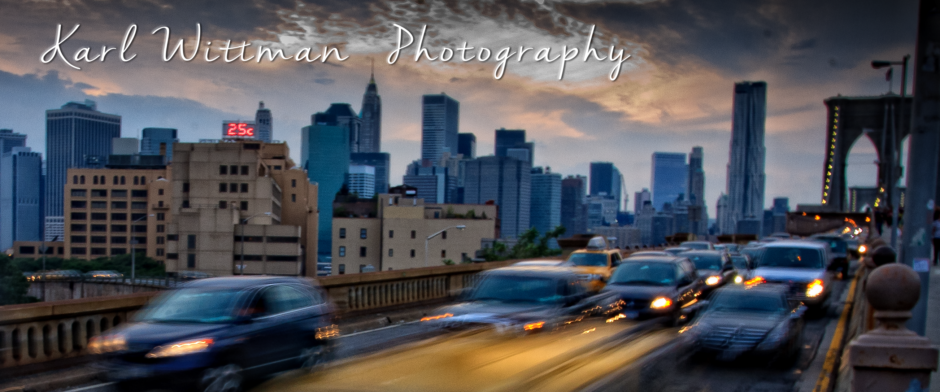
On the Yellow Brick Road over the Normanskill
I was back today at Normanskill Farm with my friend Flo. We walked on what the locals call the Yellow Brick Road – part of the old Delaware Turnpike that originated in the early 1800s. The Old Normans Kill Bridge was built over the Normans Kill river in 1884 that was paved with yellow bricks (they are still there today).
Edgar Allen Poe wrote of the bridge and the bricks and the legend grew that Poe’s friend, L. Frank Baum of Wizard of Oz fame, appropriated the notion. I used to ride over the bridge as a short-cut from Albany to Delmar. Alas, the bridge was permanently closed to traffic in about 1984.

Normansville
We walked across the bridge to the little hamlet of Normansville which is home to perhaps a dozen hardy souls. There are a few homes and a church located along the river.
Along the other side of the river are the remains of the Pappalu ice house which was abandoned in the early 1900s.
Motor traffic on Delaware Avenue flows above our heads on a 1994-built bridge which replaced the previous bridge (or Normanskill Viaduct).

Remains of the Ice House
The Normansville Farm has several buildings dating from the mid-1800s. The blacksmith house is the only one in use with demonstrations there periodically. We were fortunate to meet the current blacksmith who was cleaning up the place after yesterday’s event.
We concluded our photoshoot by walking through the section of the “farm” that contains buildings used by the Albany Police Department to house their horses (you read correctly).

Police Draft Horses

Inside the Blacksmith House
We made our way to an important (if not well known) little bridge: the Whipple Truss Bridge (on the federal registry of historic places). The bridge was built in 1867 in Syracuse and designed by a local resident who was the first to determine the stresses of such a bridge. It is the only one of about 100 still remaining that was constructed primarily for use over the Erie Canal.
More photos of the area are in my photo gallery at http://bit.ly/nAWALW. Most images are HDR and post-processed with Nik software and Lightroom. A couple were enhanced using Topaz Adjust.

The Whipple Bridge
 The first photo shows a mating pair of Great Blue Herons caught in the act at Wachodahatchee. These birds usually nest in colonies and there were several groups on one of the main islands.
The first photo shows a mating pair of Great Blue Herons caught in the act at Wachodahatchee. These birds usually nest in colonies and there were several groups on one of the main islands. The second image is of an Egyptian Goose. Normally found in Europe and of course, in the area around North Africa. Why is he in South Florida 🙂
The second image is of an Egyptian Goose. Normally found in Europe and of course, in the area around North Africa. Why is he in South Florida 🙂



















